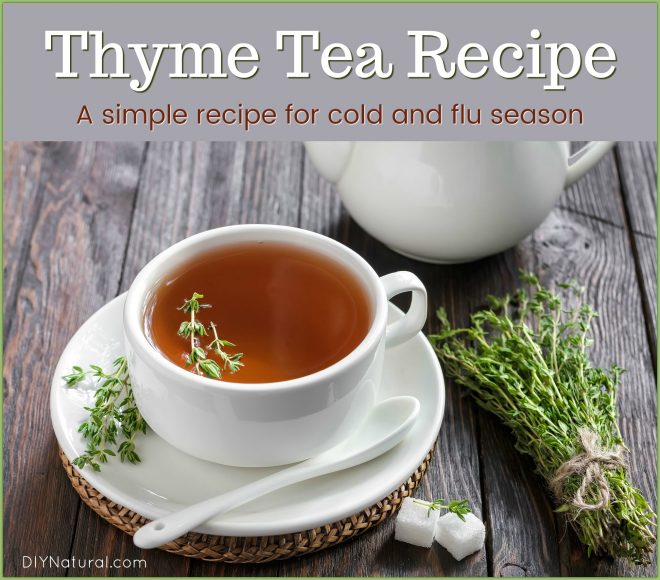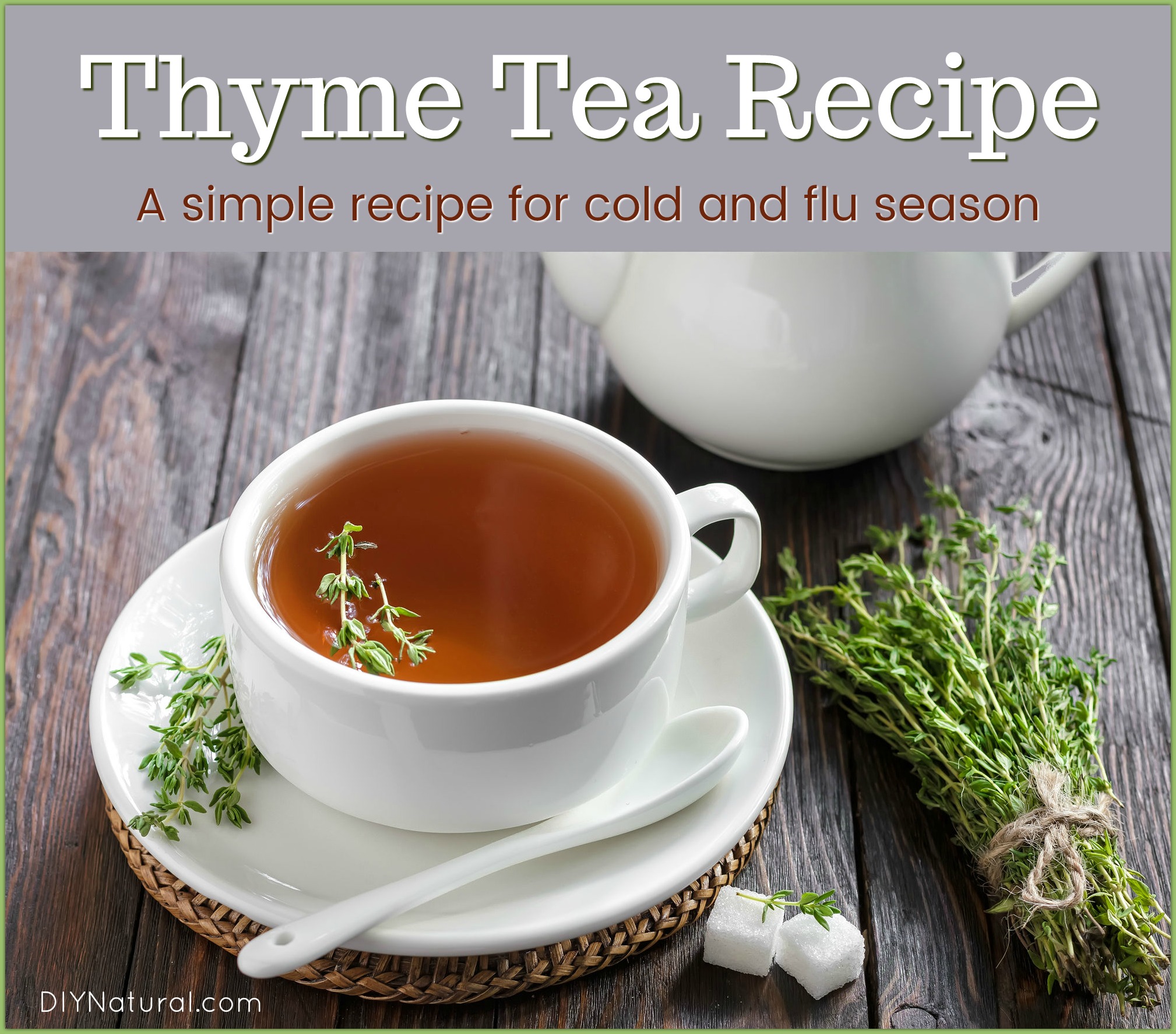
Here on the farm we vend at a local market that runs year-round. So when cold and flu season hits, we find ourselves on the front lines each Saturday trying to fend off germs and sickness as we sell products that encourage better health.
Ironically, I also taught a workshop at the farm this week on natural solutions for colds and flu, so it’s no coincidence that I’ve succumbed to the seasonal yuck during one of our busiest times of the year.
There is an adage in herbal circles that if you really need a plant, it will present itself. I’ve found this to be very true over the years. There have been occasions where I’ve studied or needed a plant and have commented on nature hikes that it’s odd that we haven’t seen (fill in the blank). As things would have it, that is when the sought-after plant usually appears, as if it has presented itself to fulfill my needs.
Here in Ohio we have had quite a few frosts. The gardens now serve as a monument to what was an amazing harvest year of fruits and vegetables.
As my husband walked through the raised beds to survey the ghosts of our efforts, there hidden underneath a tangled mess of dead vegetable stalks and leaves sat a tiny clump of still-green garden thyme begging for attention. Just the thought of seeing something in the garden still alive as we near Thanksgiving got my husband thinking. He reminded me of the potential benefits of thyme for my cold instead of the typical go-to herbs like elderberry, ginger, and sage.
Encouraging Better Health With Thyme
Thyme (Thymus vulgaris) is more than just a seasoning for turkey and has an exceptionally long history of use. Even the Greeks, Romans, and Egyptians burned the herb in places of importance such as temples because the oils in the smoke had antimicrobial or purifying qualities.
Thyme is also known to work well for congestion and chest colds because of its expectorant properties. It helps break up mucus and has even been used to assist with conditions such as bronchitis and other respiratory-related illnesses.
As earlier civilizations knew, the herb has antiseptic qualities. It has antiviral and antibacterial properties that are just the ticket when you’re dealing with general cold or flu symptoms. Given that thyme is a great source of vitamins C and A, it’s a perfect fit for trying to preempt a cold or to help battle a full-blown attack.
Here’s a quick and simple thyme tea recipe (don’t forget to add thyme into your food throughout the day to give you an extra boost).
Thyme Tea Recipe for Decongestion
Ingredients
- 1 cup water
- 2-3 teaspoons organic fresh or dried thyme
- organic lemon
- raw honey (find it here)
Instructions
- Heat your kettle to a boil and add water and thyme in a mug.
- Cover so volatile oils don’t escape. Steep for 10 to 15 minutes.
- Add fresh squeezed lemon and raw honey to taste. Enjoy better health!
With so many natural options out there, you owe it to yourself to at least give this thyme tea recipe a try. Whether it’s in your spice cabinet or waiting outside like a treasure on a frosty fall morning, put some aside for this cold and flu season.
Do you have a thyme tea recipe you love? Do you have another way to use thyme for cold and flu? Share in the comments below!
*******




I have a large clump of leman thyme, will this also work
Will be trying that tea. Handy to have on hand just in case. Thank you and God Bless.
Thanks I’m going to try that tea. God bless happy holidays Maureen
I didn’t know thyme had so many great benefits. I’m definitely going to make the tea. Thanks for the post!